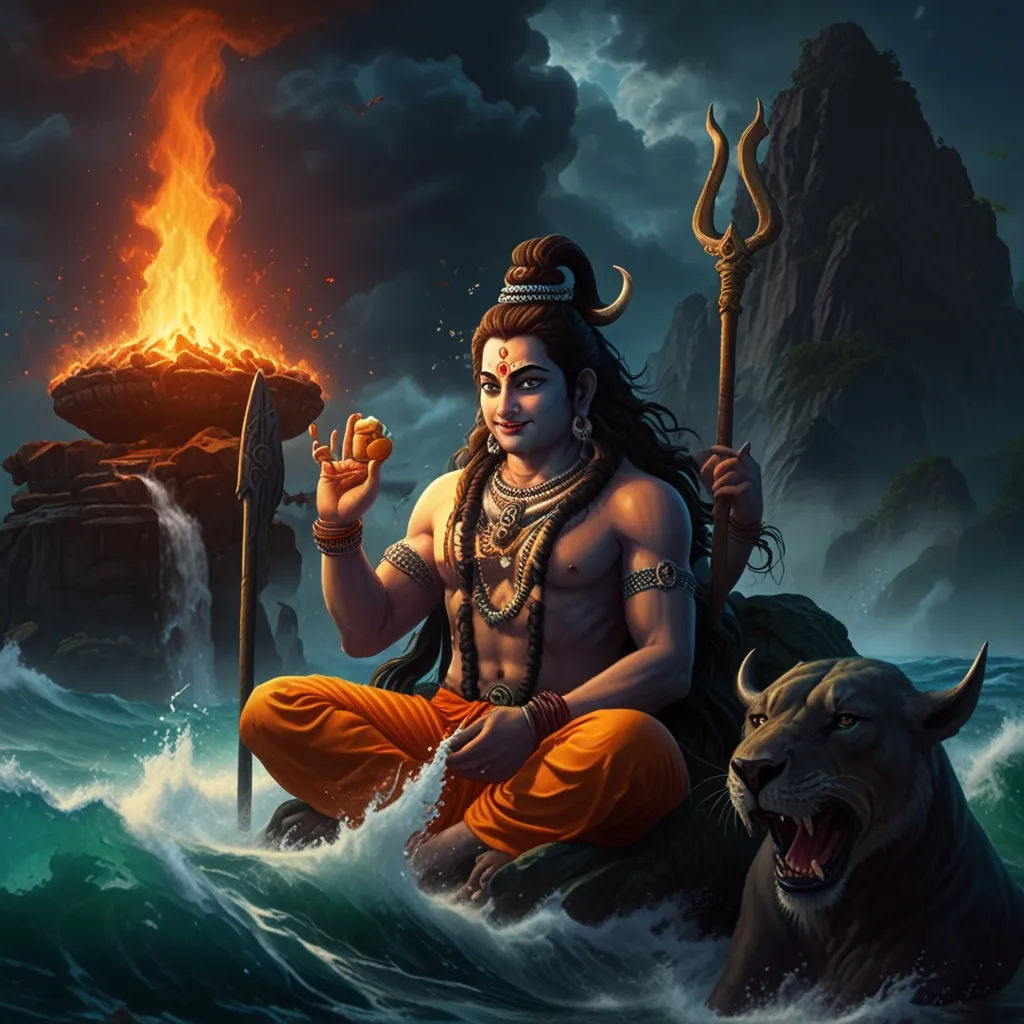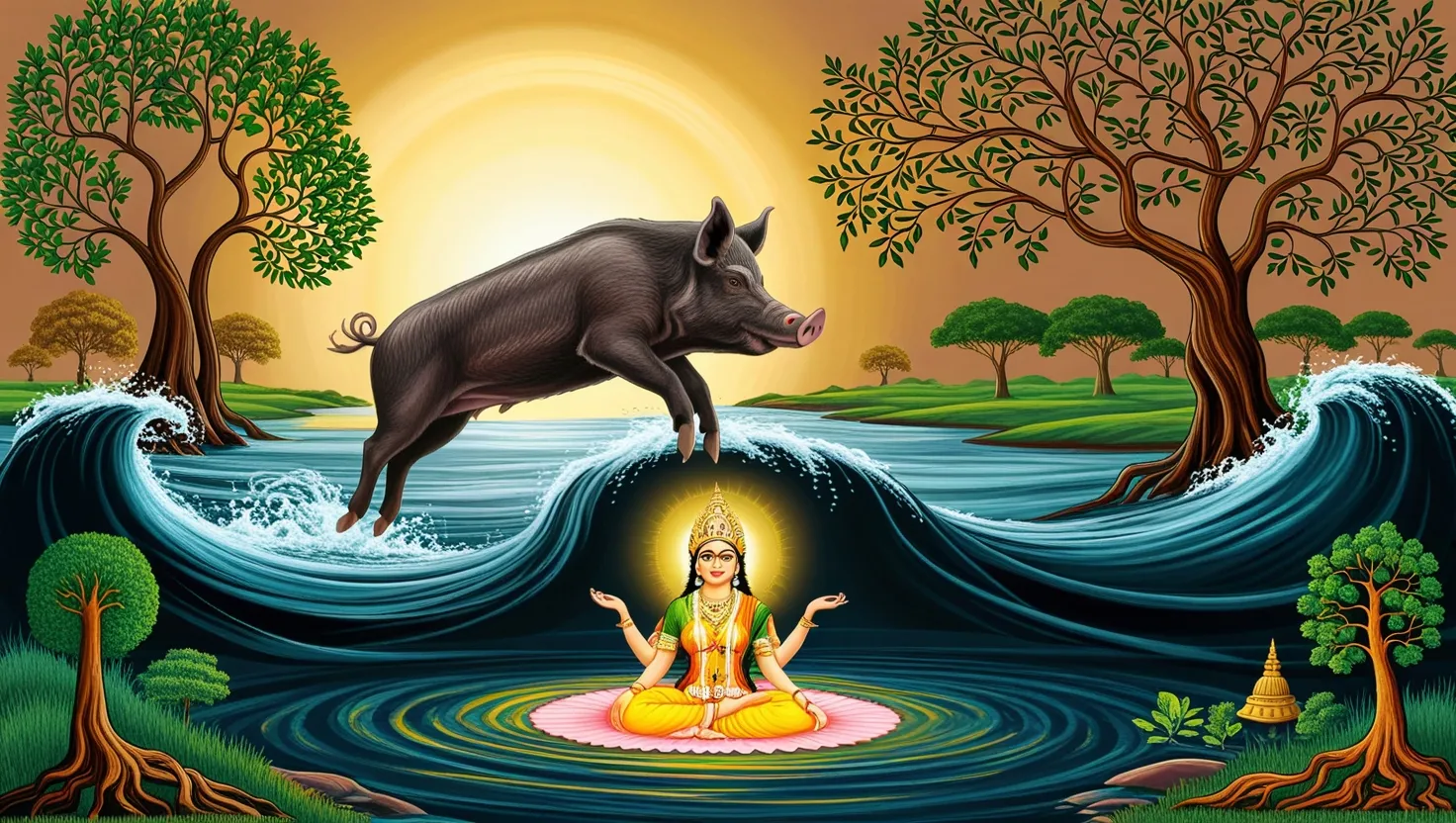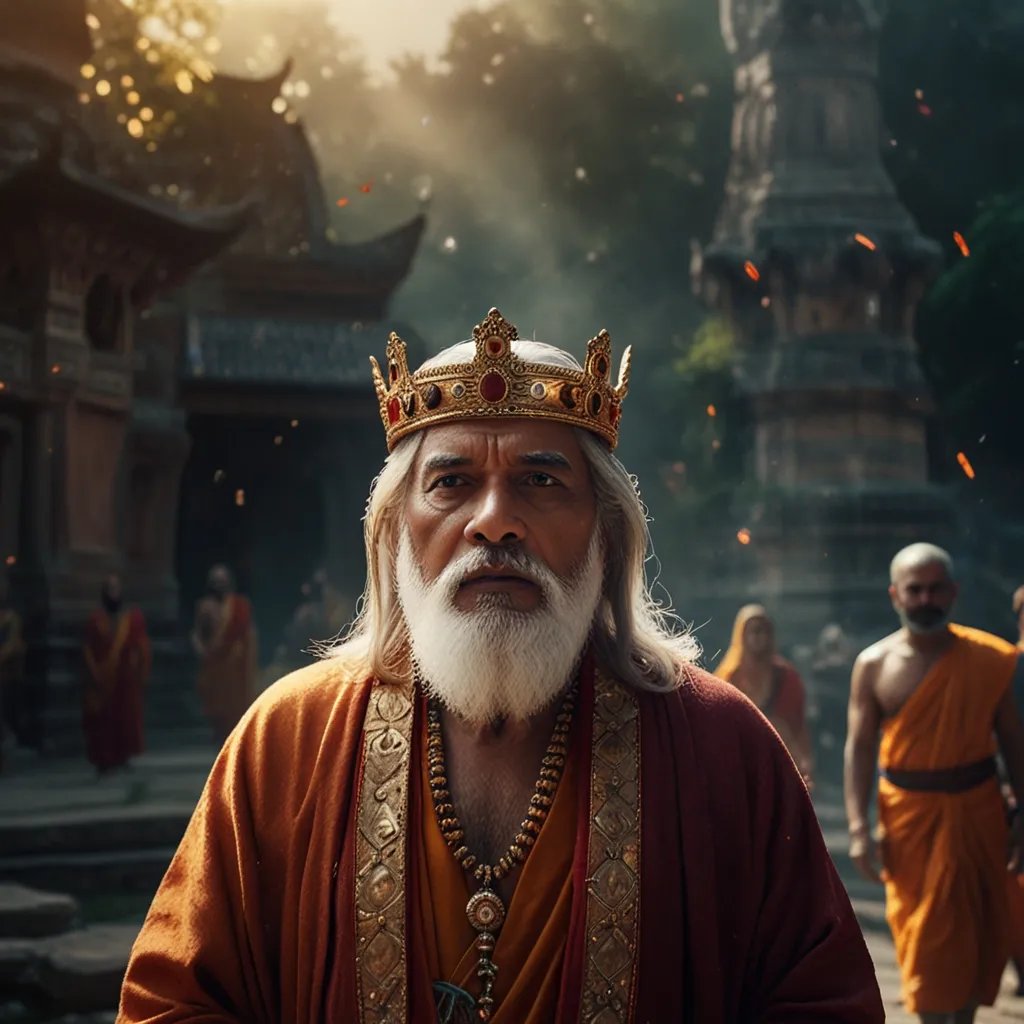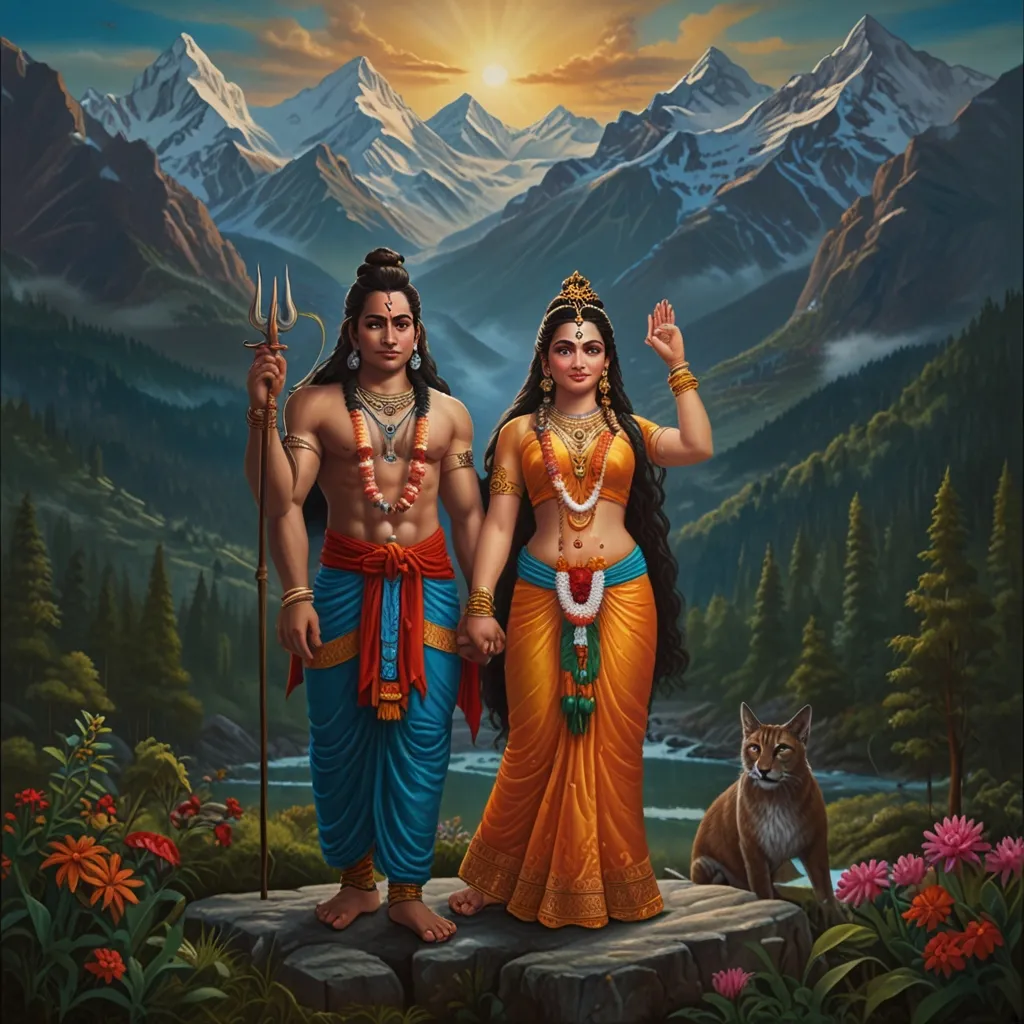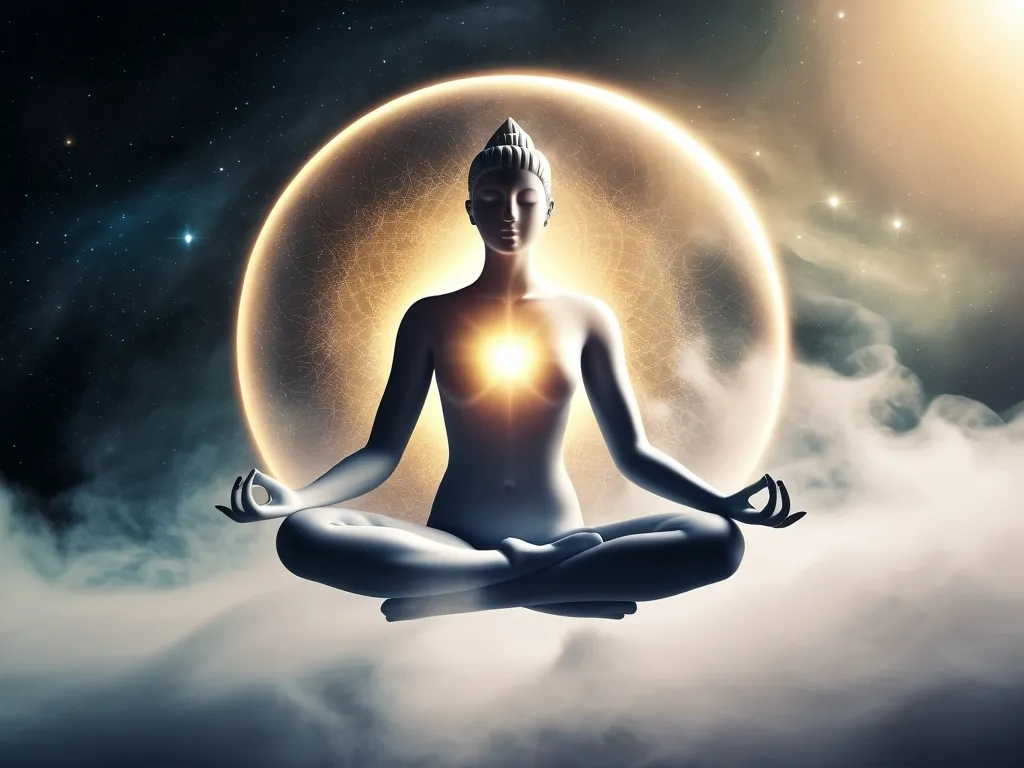In the vast universe of Hindu mythology, there’s one story that shines with incredible power and symbolism – the tale of Lord Shiva and the Halahala poison. This epic starts with the legendary churning of the Ocean of Milk, known as Samudra Manthana.
Picture this: gods (devas) and demons (asuras) deciding to team up for once. Their goal? To churn the ocean and get their hands on the nectar of immortality, Amrita. Imagine using the massive mountain Meru as a churning stick, and the gigantic serpent Vasuki as a rope. They churned and churned, and out came fourteen treasures. But before capturing the Amrita, a deadly poison called Halahala bubbled up from the ocean’s depths. This stuff was so lethal it could wipe out the entire universe.
Everyone freaked out. Both devas and asuras knew they were in big trouble if the poison spread. In their panic, they turned to the go-to guy for handling cosmic crises – Lord Shiva. Known for his immense power and selflessness, Shiva stepped up to the plate. He swallowed the poison whole. His loyal wife Parvati quickly grabbed his throat to keep the poison from reaching his stomach. This heroic move saved the universe, giving Shiva the nickname Nīlakaṇṭha, meaning “one with a blue throat.”
There’s some deep symbolism here. Shiva’s blue throat shows his unmatched ability to absorb and neutralize the world’s negative energies. Just like he gulped down the deadly poison to save everyone, he can also take in our inner poisons—fear, prejudice, negative thoughts—and neutralize them. It teaches that real strength isn’t about dodging challenges but facing them head-on and turning them into something good.
Shiva’s selflessness is another big takeaway. He didn’t think twice about his safety when he drank the poison; he just wanted to save the world. This is the kind of selflessness we should all aim for. Putting others’ needs before our own can make our world more balanced and harmonious.
This epic story of Shiva and the Halahala poison has been told and retold through art and literature over the ages. It’s inspired everything from ancient texts to modern novels and TV shows. Each version adds something new, keeping the tale alive and packed with wisdom.
Even today, this story speaks to people everywhere. It tells us that hope exists even in the darkest times. It teaches that real heroism is about facing danger with courage and determination. And it shows that the bravest acts often involve putting others’ needs first.
In a nutshell, the story of Shiva and the Halahala poison is more than just a myth; it’s a powerful life lesson. It reminds us that we have the power to turn challenges into growth opportunities. It shows that true strength comes from facing and overcoming fears. As we navigate our own complex lives, we can draw inspiration from Shiva’s selflessness, courage, and ability to turn negativity into positivity.
